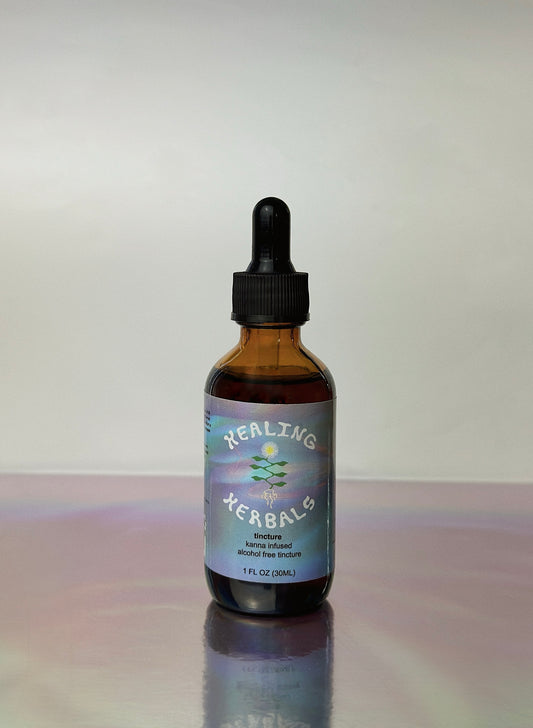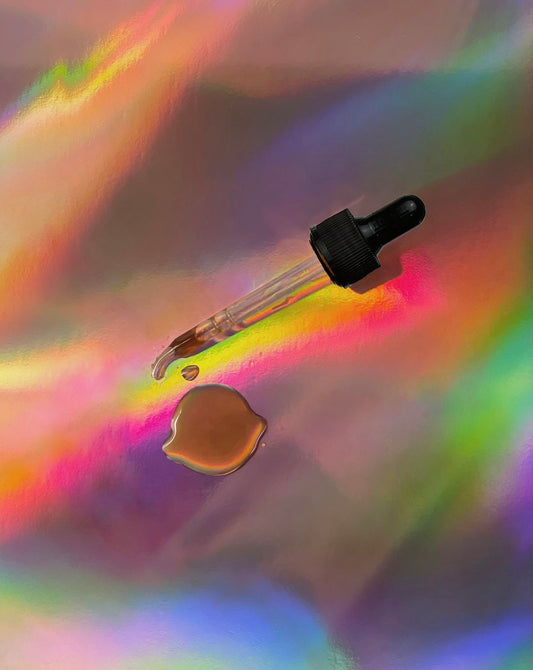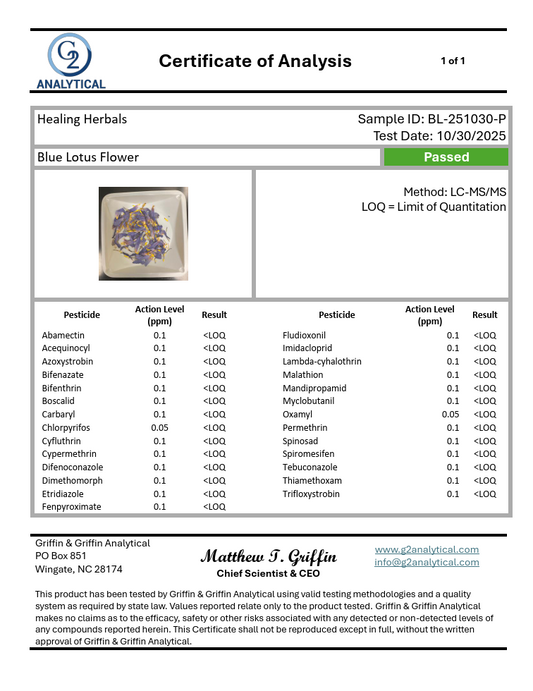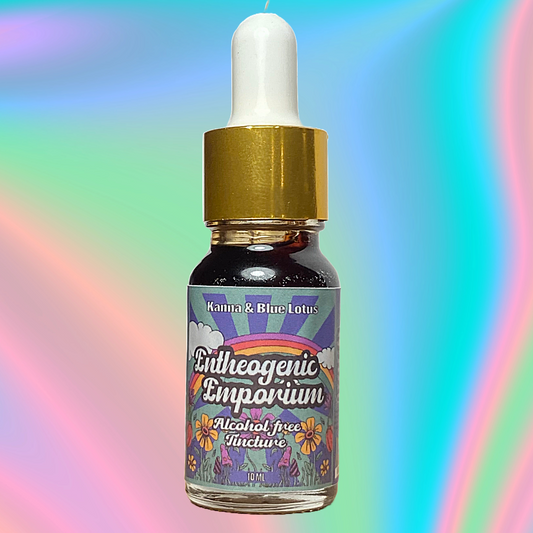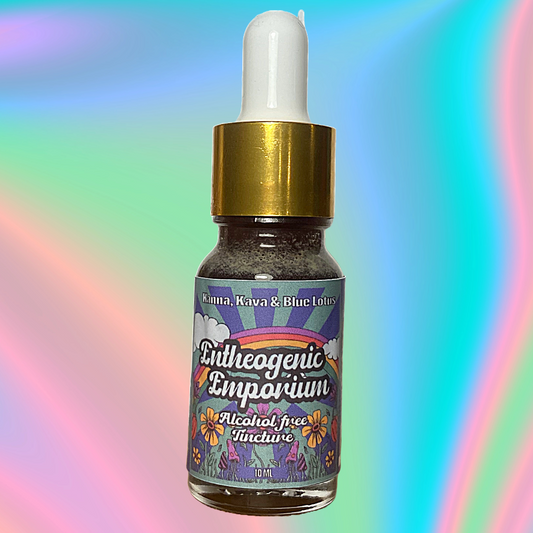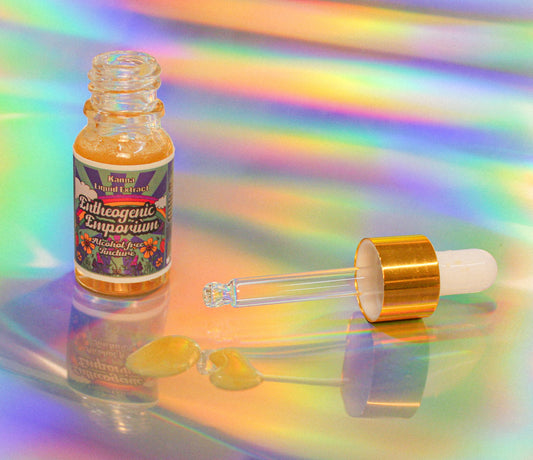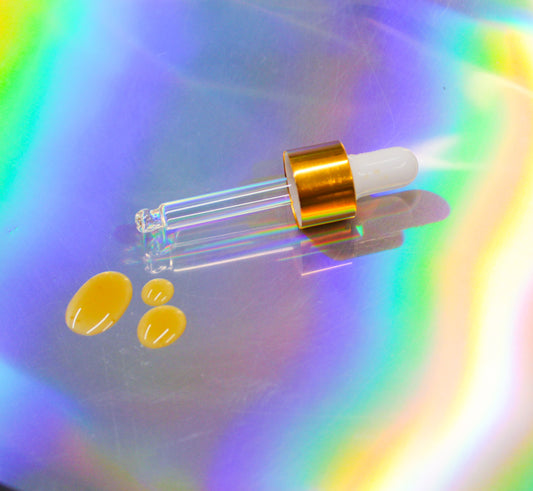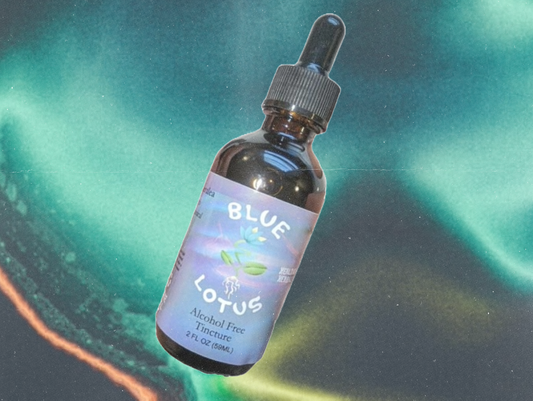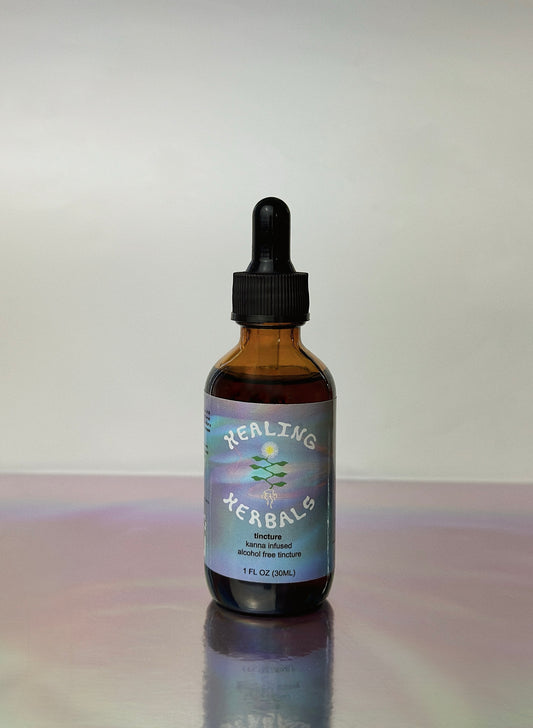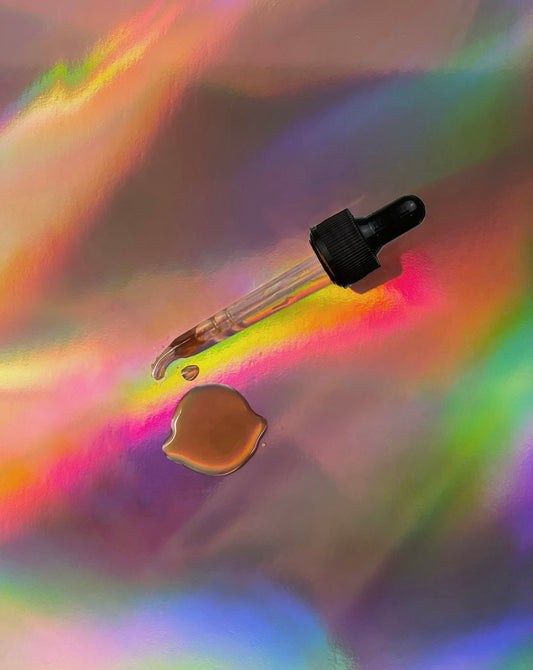-
Full Spectrum Kanna Tincture Alcohol Free
Regular price $26.99Regular priceUnit price / per -
Blue Lotus Tincture Alcohol Free 2 oz
Regular price From $25.99Regular priceUnit price / per -
Kava Tincture High-Potency | 10ml
Regular price $15.99Regular priceUnit price / per$29.99Sale price $15.99Sale -
Kanna And Blue Lotus Tincture High Potency
Regular price $31.99Regular priceUnit price / per -
Kanna, Blue Lotus And Kava Tincture 10 ML
Regular price $41.99Regular priceUnit price / per -
Kanna Extract Liquid Tincture 10ml High Potency (Sceletium Tortuosum)
Regular price $31.99Regular priceUnit price / per -
Blue Lotus Alcohol Based Tincture - 2oz
Regular price From $34.99Regular priceUnit price / per -
Kanna Tincture Alcohol Based 2oz
Regular price $34.99Regular priceUnit price / per -
Organic California Poppy Tincture - Alcohol FREE
Regular price $24.99Regular priceUnit price / per -
Wild Dagga Tincture Alcohol Free 2fl oz
Regular price $25.99Regular priceUnit price / per -
Horny Goat Weed Tincture Alcohol-Free 2Fl Oz
Regular price $25.99Regular priceUnit price / per -
St. Johns Wort Tincture High Potency 2 FL OZ
Regular price $24.99Regular priceUnit price / per -
Wild Lettuce Tincture (Alcohol-Free) | 2 Fl Oz | Botanical Extract
Regular price $25.99Regular priceUnit price / per

